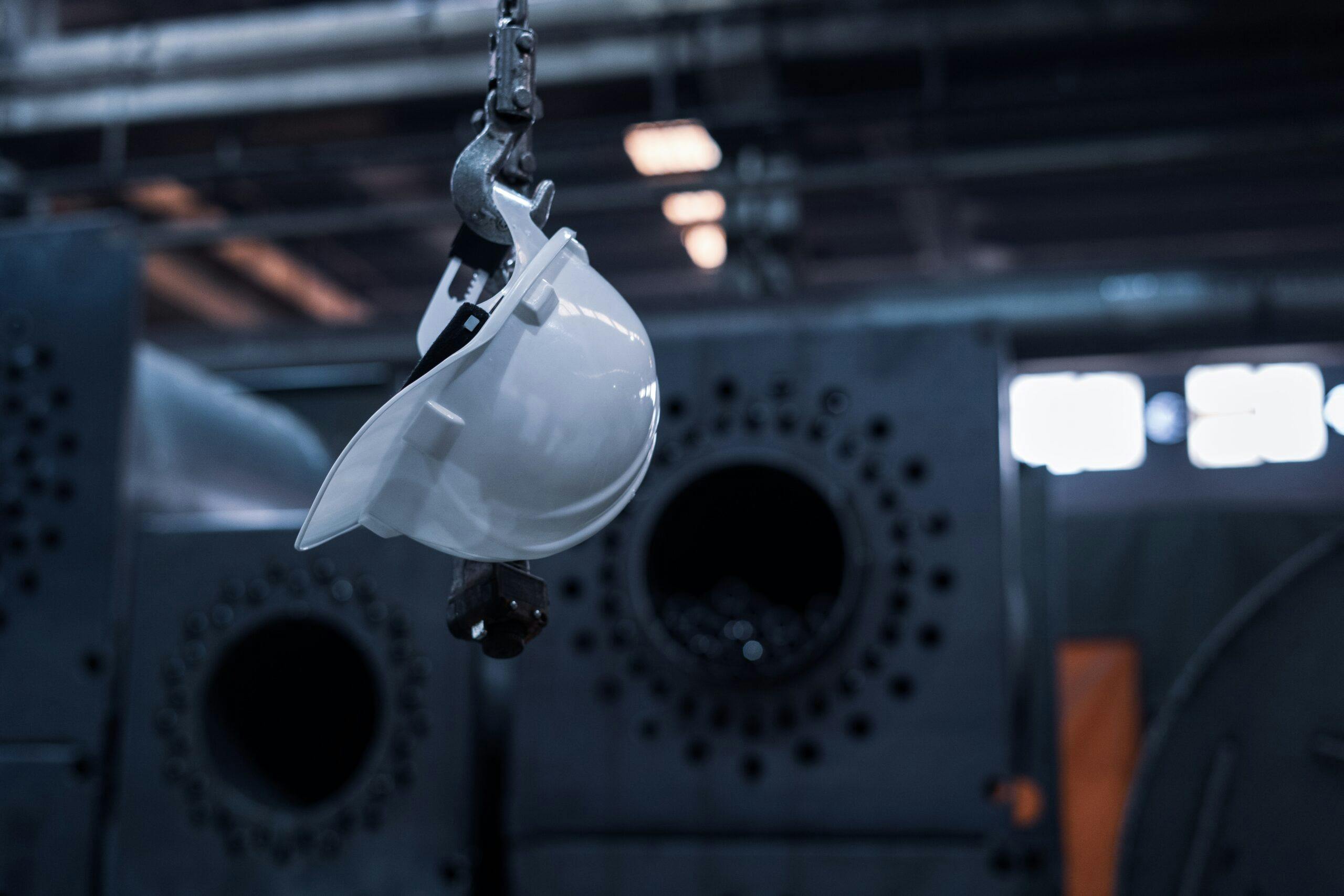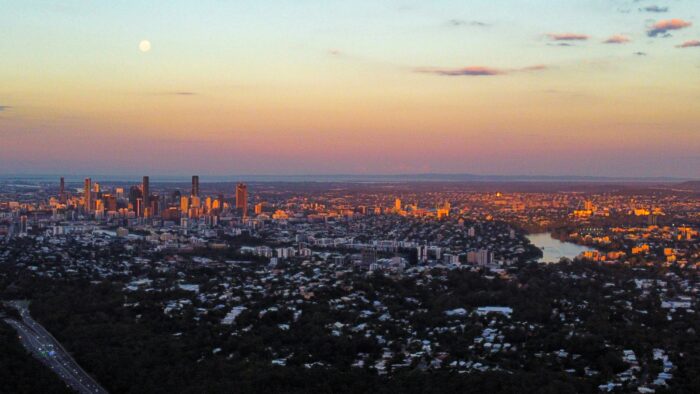Industrial
In the rearview mirror: Australia’s industrial property landscape in 2023
Published
28 November, 2023

2023 revealed an Australian industrial real estate market that – while resilient – bore the marks of evolving dynamics. Unlike the robust performances we saw in 2021 and 2022, the industrial sector continued its unswerving journey, albeit with a moderated stride.
We’d guessed this trajectory would take place – as did Herron Todd White in their November 2023 Industrial Property Market Review – as it was propelled by the Reserve Bank of Australia’s assertive interest rate hikes from May 2022. These rate rises casted ripples across the market, increasing debt costs and shaking commercial yield certainties.
Supply, demand and everything in between
As HTW notes, a pivotal contributing factor of the upward market movement is the constrained supply of industrial properties, a consequence of high absorption rates in the preceding three years. This insatiable demand has created urgency for more stock to balance the scales of supply and demand. In turn, these supply-side challenges have ushered in robust rental growth. Interestingly, the industrial property investment market – particularly for premium assets – showed signs of softening, revealing a landscape characterised by cautious activity.

- Various factors in 2023 led to recalibrated rental rates, resulting in increases of 30 to 50 per cent since 2021.
The standout feature in 2023 has been the rental surge across Prime and Secondary locations in major cities and regional precincts. Landlords revelled in this upward trajectory, a stark contrast to the tenants grappling with the implications.
After a decade of stagnant rental growth, various factors – including escalating land values and construction costs – led to recalibrated rental rates, resulting in increases of 30 per cent to 50 per cent since 2021.
Industrial markets around the country
Brisbane’s industrial sales market, although performing well, witnessed lower overall sales volumes compared to its predecessors. Institutional players exhibited caution, navigating through challenges and uncertainties linked to future cash rate movements. Conversely, owner-occupiers in the sub-$10 million price range seized the moment, leveraging strong balance sheets and lower interest rate exposure.

- Brisbane owner-occupiers in the sub-$10 million price range leveraged strong balance sheets and lower interest rate exposure in 2023.
The surge in rental rates tilted the scales in favour of property ownership over renting, especially for those with available capital.
Across various Australian capitals, industrial valuers found comparable trends.
Adelaide grappled with a scarcity of new industrial properties, fuelling persistent rental growth. Supply chain uncertainties, rising interest rates and capital acquisition challenges deterred speculative construction, delaying high-density industrial park completions until early-2024.
Perth’s industrial property sector took centre stage as the top-performing asset class, with substantial growth in land values, especially for larger holdings on the city’s fringes. Eastern states investors played an active role in the sub-$5 million market segment, while local agents courted buyers’ agents with east coast clients, anticipating higher sale prices. We’ve seen this in Perth’s office property market too, with major investors starting to look west for a piece of the action.
In Sydney and Melbourne, rental growth persisted across various sectors, with owner-occupiers taking up most of the properties below $10 million. These markets grappled with challenges such as construction costs and limited stock, seeing a greater number of older buildings repurposed as a result. The land market remained robust, with no indications of declining prices; in fact, some areas saw appreciating values.
Not that we expected anything else, 2023 emerged as another robust chapter for the industrial market. While the supply and demand equation teeters on imbalance, the stage appears set for a similar trajectory in 2024.
As investors, developers, and occupiers navigate this dynamic landscape, the evolution of Australia’s industrial property market promises continued opportunity for those willing to look in the right places.
Want to find out how you can invest alongside us? Get in touch today to see if a commercial property syndicate is the right investment for you.



